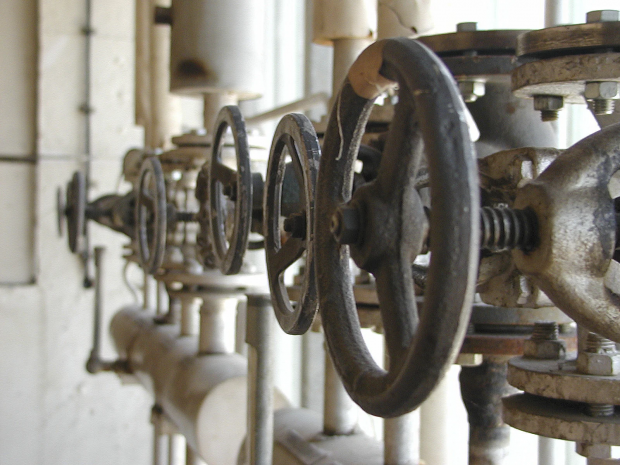

Industrial Effluents Reuse Alternatives
The study aimed to identify alternatives for reducing the wastewater flow for treatment and discharge, the project was conducted for a food production industry located in northeast Brazil. The main motivation was to meet the discharge flow limit imposed by the control agencies, allowing the industrial plant production capacity increase without impacting the quality of local water bodies. The industrial plant has a license for the disposal of about 40m³/h of treated effluent in a superficial water body, however, to use the full installed capacity production it is necessary to increase the abstraction flow by 100% and, consequently, the effluent discharge. In order to evaluate the potential increase in production without the need to expand the discharge concession, a study of reuse alternatives for the treated effluents was carried out.
Initially, a mapping of industrial processes was developed along with the water balance of water uses in the industrial plant and effluent generation points. From the mapping it was possible to identify that: of the water used in the plant (85m³/h) 53% is incorporated into the product and 47% are effluents.
The generation of effluents is composed by 65% of the process of washing pipes and packages with high levels of sodium and organic matter in their composition, sanitary sewage (15%), dispersed sources from production units (15%), boiler water (2%) and losses (3%).
Thus, the effluent from the industrial plant is mostly composed of waters with high levels of dissolved solids (main sodium) and organic load which, without adequate treatment, has limited application for reuse. Another possibility would be its application directly for irrigation in the area itself, but with the potential to impact the salinity of groundwater.
For the reduction of effluent discharge were identified as the main possibilities: improvement in quality and reuse of water for irrigation of green areas in the industrial plant itself, reuse for floor cleaning or availability of reuse water outside the area, evaporation of water and general improvement in quality with implementation of a new treatment.
In this context, possible alternatives were identified combined in 4 scenarios to enable the best alternative.
The lowest investment scenario was the reuse of water currently treated, however, in this alternative there is a limited application in the available area of the site, not being an option for reuse in third parties.
Other scenarios evaluated were, for example, the treatment of the entire effluent through reverse osmosis technology or using the evaporation for the effluents in lagoons, both technologies present good results, but with high investments.
The best-evaluated scenario was the segregation of the effluents based on the concentration. In this solution the investment is relatively low, being mainly operational and in the infrastructure of the industry. With the segregation of approximately 38% of the effluents with low levels of dissolved solids, it is possible to have an immediate use for irrigation without risks, accompanied by an increase in the production potential of 100% and the maintenance of the flow discarded in the water course.

